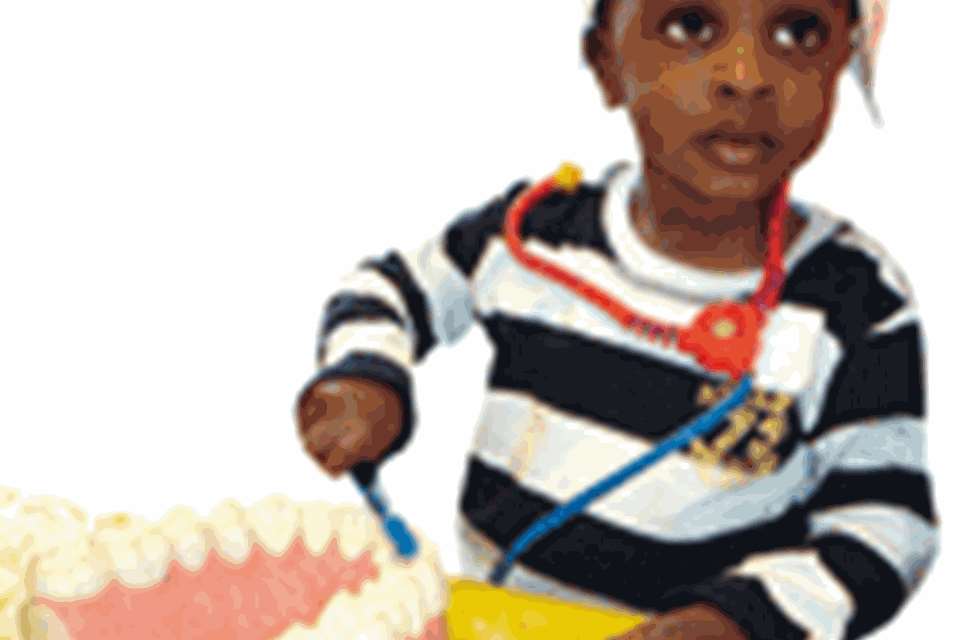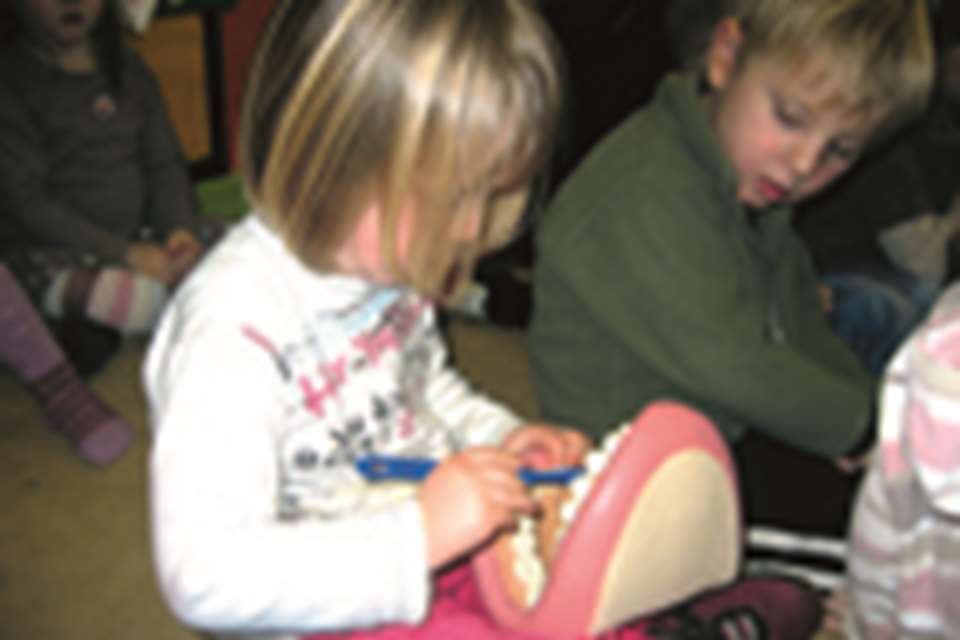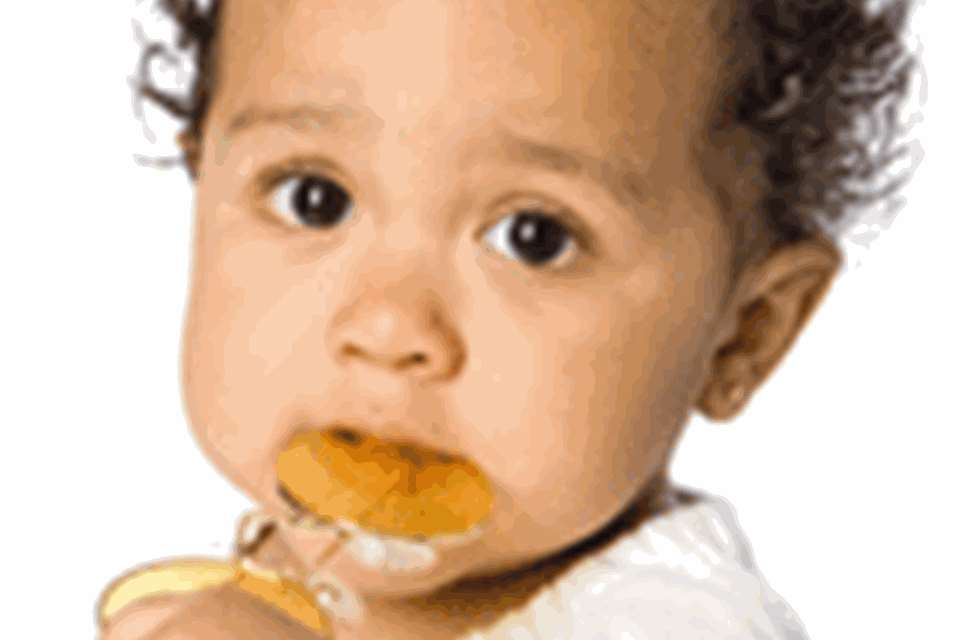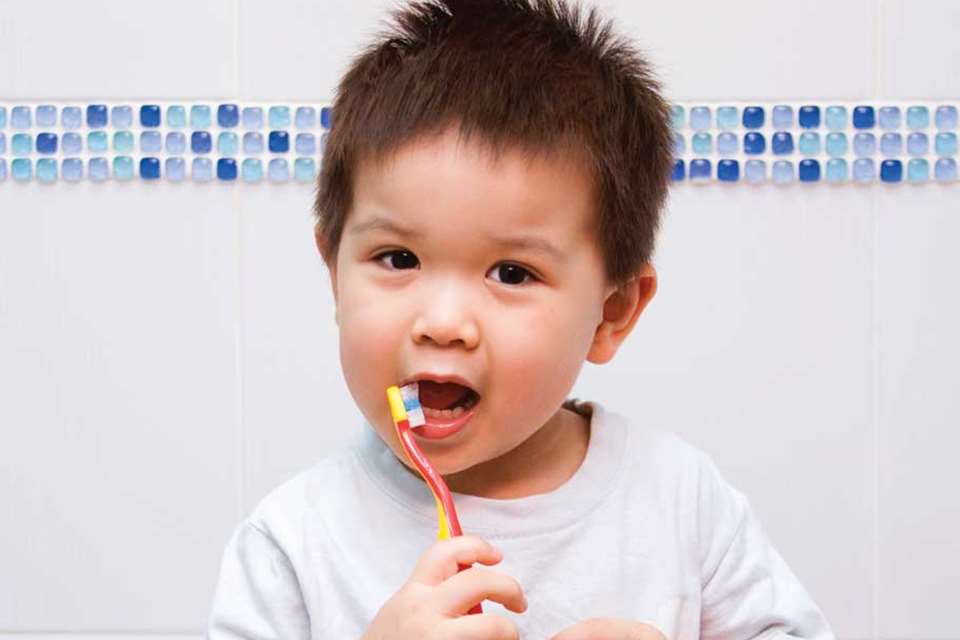EYFS Activities: We’ve explored… teeth
Annette Rawstrone
Monday, December 10, 2018
How a giant mouth taught children and parents about oral hygiene. By Annette Rawstrone

Download the PDF of this article
The role-play area was transformed into a giant mouth at Happy Days Penair Nursery in Truro, Cornwall to enable the children to explore teeth and learn more about their importance and how to look after them.
Nursery practitioners felt that it was a particularly important topic to introduce to the children and their parents because of a national rise in children undergoing tooth extractions in hospital and the local shortage of NHS dental places.
‘There is a long waiting list for NHS dentists in Cornwall, which has led to many of our parents being unable to register their children. They are not receiving the support and advice on how to care for their children’s teeth and this has resulted in some of the children in our care needing teeth removed because of decay,’ says manager Nicky Smith.
‘When children join the nursery, we inform parents of how to get on the NHS dentist waiting list and give them basic dental care advice. Some parents are under the impression that caring for their children’s milk teeth doesn’t particularly matter. Parents have also commented that they struggle to get their young children to brush their teeth.
‘We thought having the massive mouth [in the nursery] would really immerse the children who learn best through doing. We also hoped that it would attract the parents’ attention and be a good way of raising the issue of the importance of dental care and how to care for their children’s teeth directly with them.’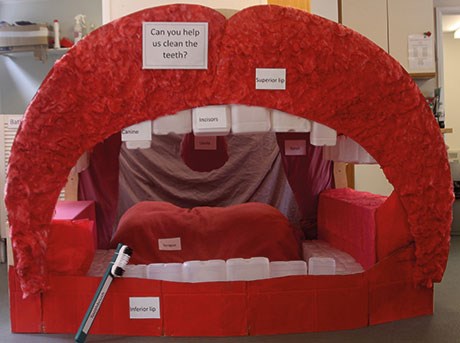
OPEN WIDE
The giant mouth was cleverly created using recycled materials, including used plastic milk bottles for the teeth. Staff coloured some of the teeth with dry marker pens and showed the children how to clean it off using a big toothbrush.
‘By being able to actually get inside the mouth, the children could see how their teeth are shaped, rather than just being a flat surface, and it helped them to appreciate that they needed to clean all around their teeth to remove all the plaque and build-up of food. The children were drawn to the model and enjoyed cleaning the teeth,’ says Ms Smith.
The bottom teeth in the mouth model were able to move so that children could take them in and out and staff could introduce the idea of them losing their milk teeth when they are older and their adult teeth start to push through.
There was also a blackened tooth in the mouth to enable conversations around what happens when teeth are not properly looked after and help staff to talk about the importance of healthy eating, such as not eating lots of food that contain high amounts of sugar, as well as the importance of cleaning teeth.
Staff encouraged language development by introducing new words linked to the giant mouth, such as the names for different teeth – including ‘incisors’ and ‘molars’ – and ‘lips’, ‘gums’, ‘tongue’ and ‘tonsils’. They also discussed why teeth are important to enable us to eat, talk and have a nice smile.
‘We ended up leaving the giant mouth out for around five weeks, which was longer than planned but the children kept returning to it and the staff maintained their excitement and modelled language with the children around their mouths, going to the dentist and oral hygiene,’ says Ms Smith.
‘It also created the hoped-for “wow” from parents when they came into the nursery and we were able to involve them in what we were exploring and why.’
HEALTHY TEETH
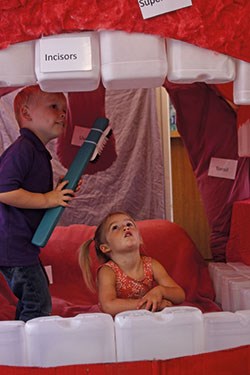 The children showed such an interest in the giant mouth that the staff extended the role-play activity by introducing small-group activities with three to four children about why it is important to visit the dentist for check-ups.
The children showed such an interest in the giant mouth that the staff extended the role-play activity by introducing small-group activities with three to four children about why it is important to visit the dentist for check-ups.
During the small-group sessions, they showed them the tools that dentists use – such as the mirror with a long handle and probes – hygiene masks and safety glasses, and helped them use a toothbrush to clean their teeth properly with small circular motions.
Scrubs, hygiene masks and safety goggles were available for the children to role-play being a dentist. ‘Through these activities, we were able to familiarise the children with the idea of visiting the dentist and reassure them that it isn’t a scary thing to do,’ says Ms Smith.
The nursery invited a dental nurse from a local practice to visit the pre-school children and talk to them about oral health and dental care. ‘She came in her uniform, which was nice for the children to see, and brought fun puppets with her. It helped the children to see that she was friendly and reinforced the messages that we’d been giving them,’ Ms Smith explains. ‘Her visit introduced the children to a person who works in our community and helps us.’
In order to not just focus on cleaning teeth, staff devised a simple wall display and encouraged children to bring food packaging from home, draw their own pictures of food and cut out food images from supermarket magazines. They discussed how certain foods and drinks can damage our teeth, especially those high in sugar, and the children decided whether the particular food items were good for their teeth – which were stuck on the green side of the display – or bad for their teeth – which were stuck on the red side.
The display was positioned so parents could see it too, with Ms Smith saying some of them had received very little information on which foods contain high amounts of sugar and had little knowledge of issues such as juice in bottles causing tooth decay.
LASTING BENEFITS
Ms Smith believes that the children and their families benefited from the dental investigations, including:
Health and self-care Helping the children to learn how to brush their teeth properly by giving them more independence and learning the importance of a healthy diet.
Shape, space and measure The activity enabled staff to encourage the children to use mathematical language while talking about shapes and sizes. They talked about the different shapes in their mouths and discussed brushing the sides, tops and bottoms of the teeth.
Numbers The children counted the amount of teeth and used timers to show how long they should brush their teeth for.
People and communities Through learning about dentists and dental hygienists and imitating everyday actions.
‘The children have really enjoyed the topic,’ says Ms Smith. ‘They are excited to show everyone how to clean their teeth and have been talking about their own experiences of their trips to the dentist and showing an interest in dental occupations. The children who have been a little wary about going to the dentist are all now excited to go and show them how well they clean their teeth.’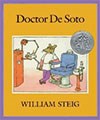
BOOK CORNER
Doctor De Soto by William Steig
Is the kind dentist, who just happens to be a mouse, foolish to agree to help a fox with bad toothache?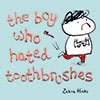
The Boy Who Hated Toothbrushes by Zehra Hicks
Billy hates toothbrushes, so he never cleans his teeth. Then he discovers a Funtastic Toothsparkler.
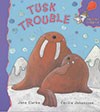 Tusk Trouble by Jane Clark and Cecilia Johansson
Tusk Trouble by Jane Clark and Cecilia Johansson
Walrus Wilbur has a sore tusk and doesn’t want to go to the dentist, until Grandpa persuades him to.
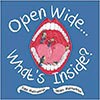 Open Wide… What’s Inside? by Alex and Helen Rushworth
Open Wide… What’s Inside? by Alex and Helen Rushworth
A humorous rhyming story that will have your child rushing for their toothbrush.
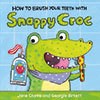 How to Brush Your Teeth With Snappy Croc by Jane Clarke and Georgie Birkett
How to Brush Your Teeth With Snappy Croc by Jane Clarke and Georgie Birkett
A lovable character and playful, rhyming text help children to master the routine of toothbrushing.
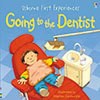 Going to the Dentist (Usborne First Experiences) by Anne Civardi
Going to the Dentist (Usborne First Experiences) by Anne Civardi
A descriptive story about looking after your teeth and having a dental check-up.
MORE INFORMATION


